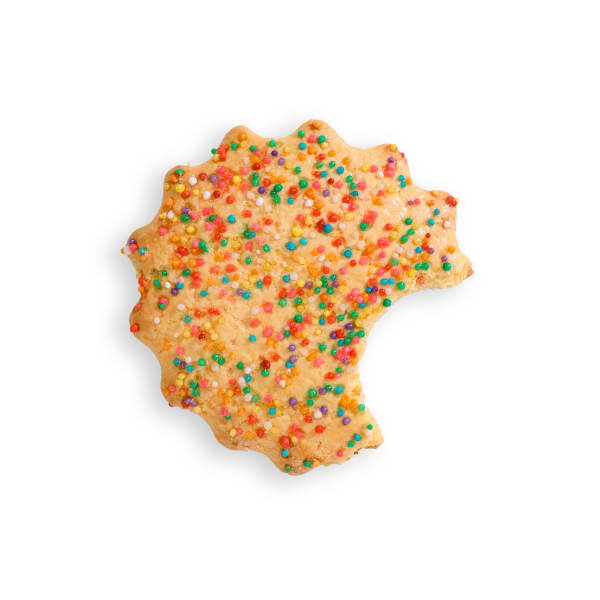Acenar 2004
"If the art of the 1960s, the decade of Ramirez’s childhood, was an important influence, he also understood that any sense of a monolithic American culture was an inaccurate, subjective construct. The America that Ramirez sought to reflect was brown, was white, was somewhere in between; was queer; was obsessed with manifesting signs of social status; and was awash in its own detritus. His portrayal of America was neither cynical nor nihilistic; rather, it was doggedly real, palpable, and to the point. Ultimately, Ramirez had a knack for the creation of an irreverent people’s art, one that amplified the material object from inert form to a quirky expression of lived reality and, often, of optimism.
In relation to Latino photography, Ramirez’s imagery sets him starkly apart from Latinos working with the medium who have directed their work toward an exploration of culture, whether a figure like the pioneering Louis Carlos Bernal, who pursued a personal form of documentation to illuminate the lives of common people, or someone like the noted San Antonio photographer Kathy Vargas, whose (pre-digital) collaged and layered images have the quality of shrines and act to evoke layerings of time and mortality. Ramirez’s work even bears little relation to the many Latino photographers who have staged images for the camera in order to evoke family histories, cultural legacies, and political activism. Within the corpus of Latino photography, Ramirez, in fact, is a unique figure. He approached his medium idiosyncratically and was never bound by notions of what it should be or say."
Ferrer, Elizabeth, "Every Picture Tells a Story, Chuck Ramirez: All This and Heaven Too," McNay Art Museum, 2017
-
 Chuck RamirezAcenar: Cookie con Sprinkles, 2004Pigment inkjet print24 x 24 in, 61 x 61 cm
Chuck RamirezAcenar: Cookie con Sprinkles, 2004Pigment inkjet print24 x 24 in, 61 x 61 cm
or 32 x 32 in, 81.3 x 81.3 cmEdition of 6 -
 Chuck RamirezAcenar: Dulce de Coco, 2004Pigment inkjet print32 x 32 in, 81.3 x 81.3 cm
Chuck RamirezAcenar: Dulce de Coco, 2004Pigment inkjet print32 x 32 in, 81.3 x 81.3 cm
or 24 x 24 in, 61 x 61 cmEdition of 6 -
 Chuck RamirezAcenar: Muy Borracho, 2004Pigment inkjet print, edition of 3 and 6 respectively32 x 48 in, 81.3 x 121.9 cm
Chuck RamirezAcenar: Muy Borracho, 2004Pigment inkjet print, edition of 3 and 6 respectively32 x 48 in, 81.3 x 121.9 cm
or 48 x 96 in, 121.9 x 243.8 cm -
 Chuck RamirezAcenar: Paleta de Limon , 2004Pigment inkjet print32 x 32 in, 81.3 x 81.3 cm
Chuck RamirezAcenar: Paleta de Limon , 2004Pigment inkjet print32 x 32 in, 81.3 x 81.3 cm
or 24 x 24 in, 61 x 61 cmEdition of 6 -
 Chuck RamirezAcenar: Pink Cake, 2004Pigment inkjet print32 x 32 in, 81.3 x 81.3 cm
Chuck RamirezAcenar: Pink Cake, 2004Pigment inkjet print32 x 32 in, 81.3 x 81.3 cm
or 24 x 24 in, 61 x 61 cmEdition of 6 -
 Chuck RamirezAcenar: Praline de Pecan, 2004Pigment inkjet print32 x 32 in, 81.3 x 81.3 cm
Chuck RamirezAcenar: Praline de Pecan, 2004Pigment inkjet print32 x 32 in, 81.3 x 81.3 cm
or 24 x 24 in, 61 x 61 cmEdition of 6







